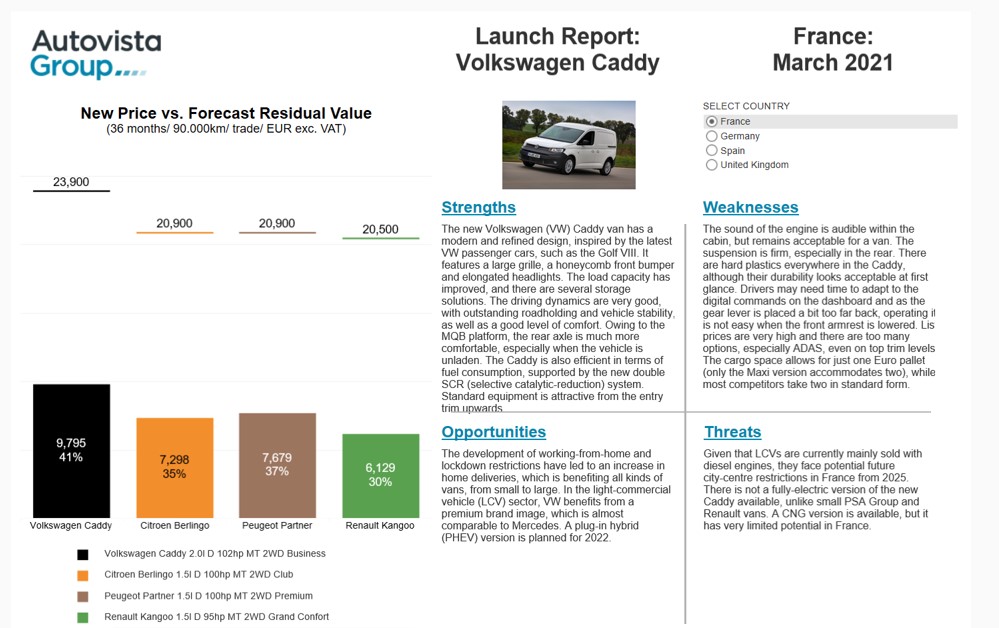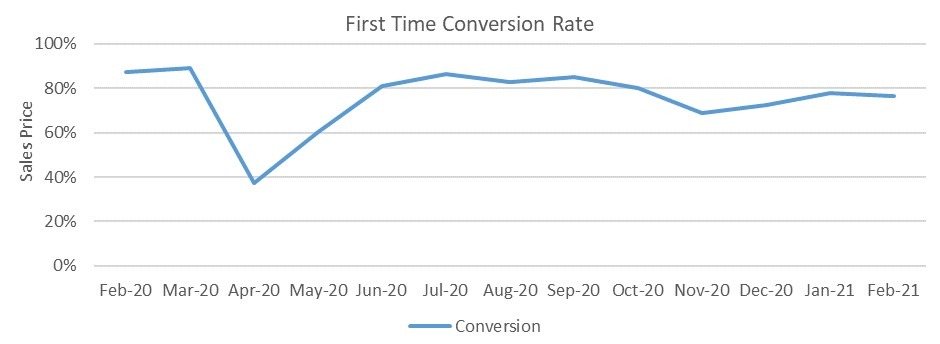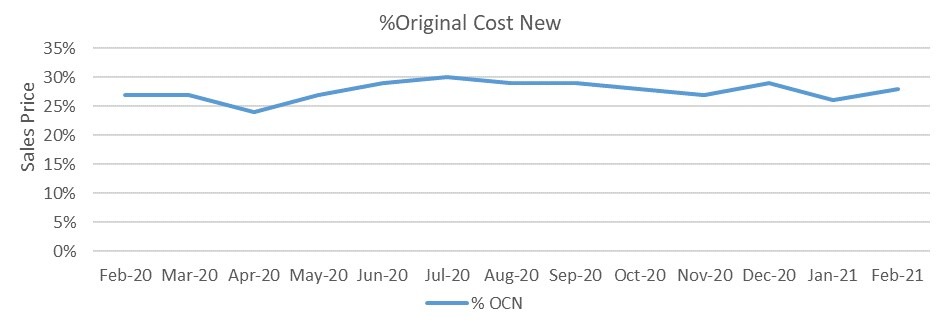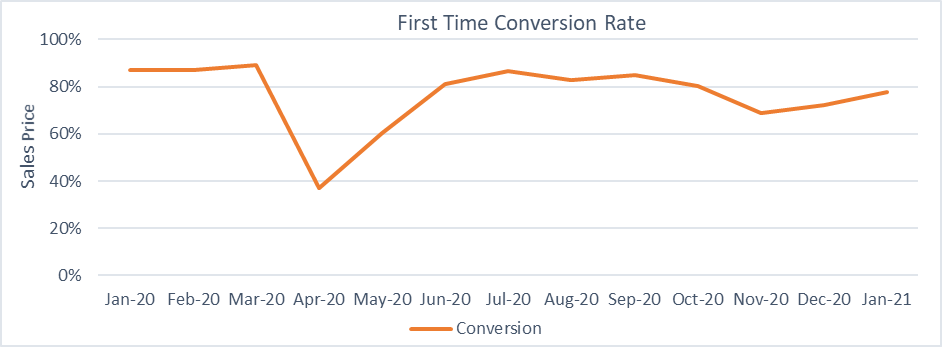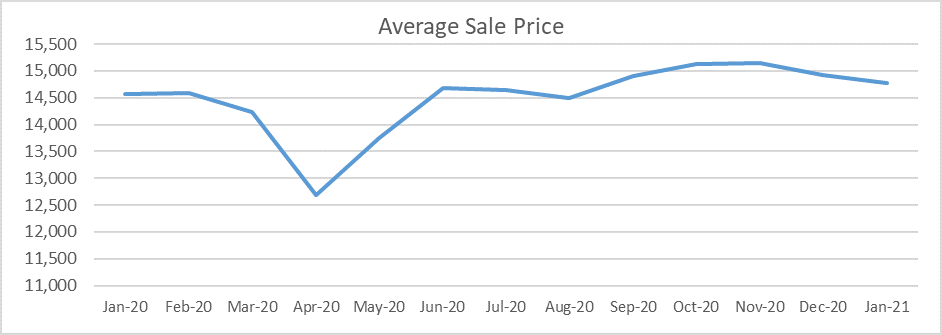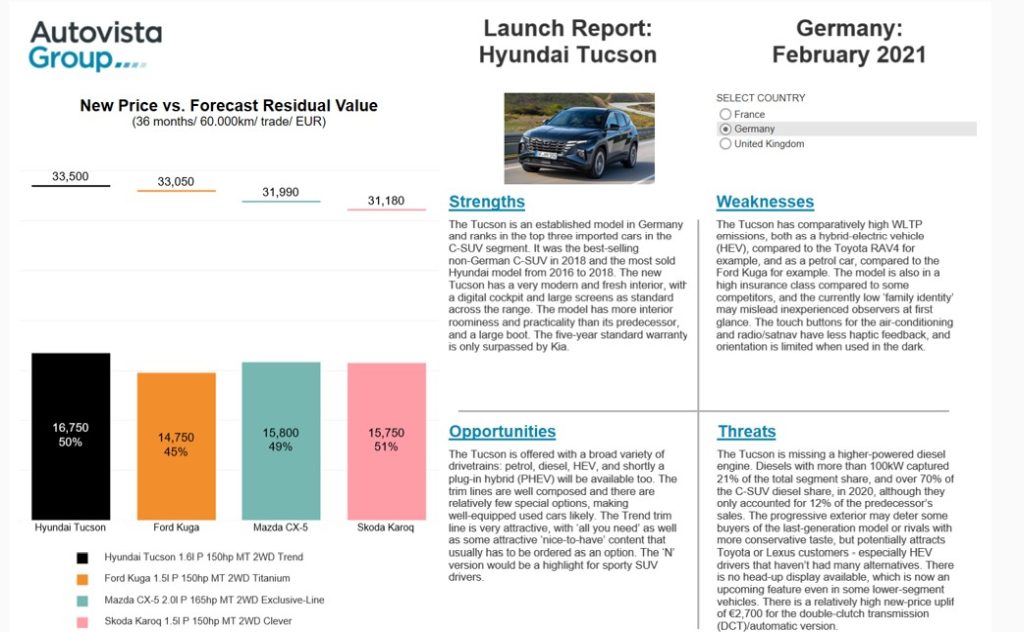Positive outlook as lockdown eases
The big news for the UK was the relaxation of some lockdown rules, which began for dealers in early April. Crucially for the car retail industry, this meant that they could once again open their sites to the general public. As expected, this triggered a rise in auction activity as dealers looked to top-up their stock and prepare for the anticipated rise in demand.
We also saw the introduction of the March registration plate (21 plate), which is an event that typically brings a boost to the used car market with an influx of part-exchanges in the latter part of the month. Auction sale volume saw a marked increase compared with February and an even bigger hike compared to March 2020. The first-time conversion rate also rose in March, up 8.1% from February to 82.7%. This was 6.3% lower than March 2020, but still pretty good considering we were emerging from lockdown.
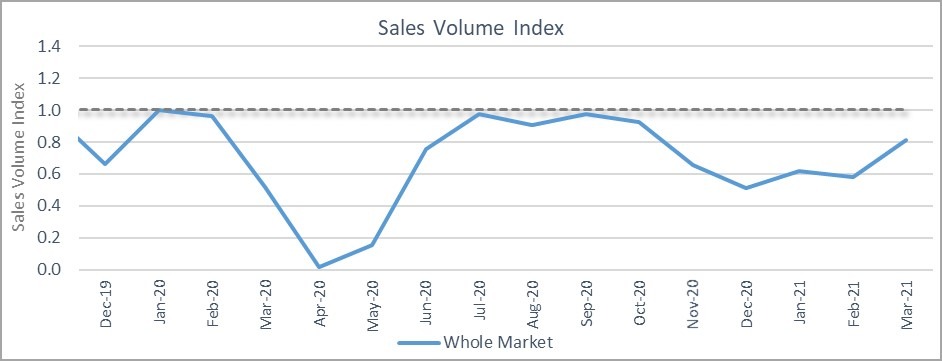
General bidding activity appeared to improve through the month, although cars requiring work or lacking specification still struggled. Convertible values noticeably improved, buoyed by the approach of Spring and, quite possibly, a more positive outlook as more restrictions are expected to be relaxed over the coming weeks and months.
Used Car Retail Market
Looking at the used car retail market for March, it is clear why the auction market saw such a rise in activity. The number of observed sales rose by 24.2% from February to March, and were a very impressive 39% higher than for March 2020 – the difference between transitioning out of lockdown rather than heading towards one.

Unsurprisingly, this ramping up of demand led to a reduction in the length of time cars were spending on the forecourt. GlassNet Radar reported that the average for March was 48.7 days, which was an improvement of just over 9 days from the previous month. It is 9.7 days longer than for March 2020 however, but considering the circumstances it is an encouraging improvement.

Outlook
With April having less pandemic-related restrictions than we have seen for some time, we can expect to see another busy month for both wholesale and retail used car sales. Of course, there may be a degree of pent-up demand that has been released, but with more regions of the UK returning to (relative) normality it is fair to expect that the used car industry will follow suit.
New car registrations will still be down for this year – higher than for 2020 but much lower than we were seeing pre-COVID – which means there will be a shortage of nearly-new stock for some time yet, and this will filter down through the age bands over the next couple of years which should help to ensure values of used cars remain relatively healthy.

 Close
Close



